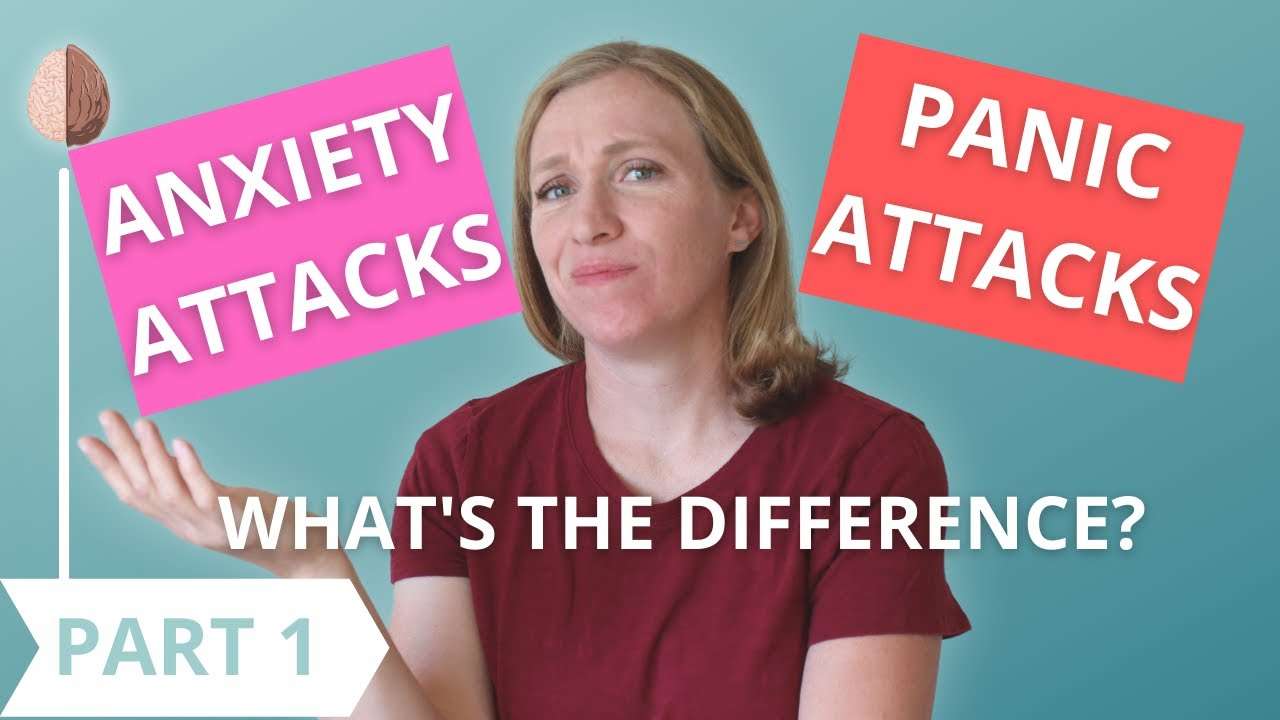Gestalt therapy is a form of psychotherapy that focuses on a person’s present life rather than delving into their past experiences. This form of therapy stresses the importance of understanding the context of a person’s life when considering the challenges they face. It also involves taking responsibility rather than placing blame.
Gestalt, by definition, refers to the form or shape of something and suggests that the whole is greater than the sum of its parts. There is an emphasis on perception in this particular theory of counseling. Gestalt therapy gives attention to how we place meaning and make sense of our world and our experiences.
Gestalt therapy was developed by Fritz Perls, with the help of his wife at the time, Laura Perls, and introduced in the 1940s as an alternative to more traditional psychoanalysis. Both Fritz and Laura were trained in psychoanalysis and gestalt psychology.
Along with others, such as Paul Goodman, they worked together to develop a style of therapy that was humanistic in nature. In other words, the approach focused on the person and the uniqueness of their experience.
Key Concepts
There are a number of principle ideas that come into play with gestalt therapy, from perception to self-awareness.
Experience Influences Perception
In this client-centered approach to therapy, the gestalt therapist understands that no one can be fully objective and that we are influenced by our environment and our experiences. A therapist trained in gestalt therapy holds space for their clients to share their truth, not imposing their judgment and accepting the truth of their clients’ experiences.
Since therapists are human as well, it is important for gestalt therapists to consider the influence of their own experiences on what is happening in the session.
Context Matters
When in session, gestalt therapists want to learn about the experience of their clients. It is understood that context matters and the therapists use techniques to help the client become more aware of their experiences, their perceptions, and their responses to events in the here and now.
Rather than specifically targeting the past and asking clients to purposefully bring up old experiences, gestalt therapists operate from a place of understanding that as clients become increasingly aware, they will overcome existing roadblocks. There is no forced work or technique, just holding space for client awareness is key in this approach.
The Present
The main hallmark of gestalt therapy is the focus on the present. In the session, the client and therapist rapport is critical in building trust and safety. As the client shares, a gestalt therapist will help bring the client back to the present if there is a sense they are spending too much time in the past or if their anxiety may be speeding them into the future.
An example of keeping a client present might include something like asking the client about their facial expression or body language as they process a particular event or experience.
In asking about something they are observing in the room, they are helping the client come back to the present and process what is happening for them at that moment.
Working Through Pain
We work very hard to survive painful experiences, and part of this survival may include shutting down our emotional hurt or painful memory of the event. In gestalt therapy, you are offered a space where you don’t have to do that hard work anymore.
This isn’t to suggest that things will come up quickly, but they don’t have to. A gestalt therapist understands that things such as painful memories or events will come to awareness when the client is ready for healing in that area.
Self-Awareness
During gestalt therapy, there may be some experiential exercises that you will do with your therapist. Experiential exercise refers to therapeutic activities done in therapy that can help to increase awareness and help with processing. At the heart of gestalt therapy is awareness. As Frederick Salomon Perls put it, “Awareness in itself is healing.”
Rather than sitting still and talking, you may be asked to actively participate in something like role play, guided imagery, or the use of props to help communication and understanding. Engaging in experiential exercises can be a wonderful way to open up and share, especially when it is difficult to find words or when you tend to process in a more visual way. Gestalt therapists understand that these exercises help to increase awareness.
Techniques
Some therapy approaches tend to focus on the therapist as an expert on distress and symptoms. The client has more of a learning role, as the therapist shares their knowledge about what they are experiencing and how to heal.
Within gestalt therapy, the client has space to safely explore their experiences without fear of judgment. In fact, the client is encouraged to not simply talk about their emotions or experiences, but to bring them into the room so they can be processed in real-time with the therapist.
The goal of gestalt therapy is for the client to collaborate with the therapist to increase personal awareness and actively challenge the roadblocks that have been getting in the way of healing.
The therapist may guide you using several techniques.
Words and Language
Attention to language and tone is important in gestalt therapy. As clients learn to accept responsibility, they learn to use language that reflects a sense of personal ownership rather than focusing on others. For example, rather than saying, “If he didn’t do that I wouldn’t get so mad!” a client might be encouraged to say, “I feel mad when he does that because it makes me feel insignificant and I don’t like that.”
The use of “I” statements is important in gestalt therapy.
Empty Chair
This is a role-playing exercise that allows a client to imagine and participate in a conversation with another person or another part of themselves. Sitting across from the empty chair, the client enters into a dialogue as if they were speaking with that other person or that other part of themselves.
The empty chair exercise can be very helpful in drawing out important perceptions, meanings, and other information that can help clients become more aware of their emotional experience and how to start healing.
Role Play
Another example of role-playing might be what is referred to as “top dog and underdog.” In this, it is recognized that a client has different parts of self. Similar to the empty chair, the client speaks as both the top dog, which is the more demanding side of their personality and the underdog, which is the more submissive and obedient side of their personality.
The key is to become aware of inner conflicts so that the person can better learn how to integrate these parts of self into a more complete whole.
Body Language
During a session, a gestalt therapist will observe the client’s body language and movement such as tapping their foot, wringing their hands, or making a certain facial expression. The therapist is likely to mention their observation of this and ask what is happening for the person at that moment.
Incorporating language, the gestalt therapist may even ask the client to give their foot, hands, or facial expression a voice and speak from that place.
Exaggeration
In addition to giving body language a voice, a gestalt therapist may inquire about the client’s body language. If it is difficult for the client to find words to put to what is happening, they may be asked to exaggerate that motion or repeat it several times in a row for a period of time during the session to draw out some of their experience at that moment.
The client and the therapist get a chance to process emotions and how the person might have learned to disconnect their emotional experiences with their physical experiences.
Locating Emotion
During a session, it is common for people to talk about emotion. Talking about emotion is different than experiencing an emotion. As a client talks about emotion, the therapist may ask them where they feel that emotion in their body.
Examples of how a person might describe how they’re experiencing emotion in their body include “a pit in my stomach” or “my chest feels tight.” Being able to bring the emotional experience to awareness in the body helps the client stay present and process their emotions more effectively.
Creative Arts
Additional activities such as painting, sculpting, and drawing can also be used to help people gain awareness, stay present, and learn how to process the moment. It is generally noted in this style that any technique that can be offered to the client, other than traditional sitting still and talking, can be helpful in allowing them to become more aware of themselves, their experiences, and their process of healing.
What Gestalt Therapy Can Help With
There are a variety of conditions that gestalt therapy may be used to treat, including:
Benefits of Gestalt Therapy
Some of the potential benefits of gestalt therapy include:
- An improved sense of self-control
- Better ability to monitor and regulate mental states
- Better awareness of your needs
- Better tolerance for negative emotions
- Improved communication skills
- Improved mindfulness
- Increased emotional understanding
Staying Present
Gestalt therapy aims for the client to gain greater awareness of their experience of being in the world. Gestalt therapists do not have a goal of changing their clients. In fact, clients are encouraged to focus on becoming more aware of themselves, staying present, and processing things in the here and now.
The collaborative relationship between therapist and client is fundamental to the healing process in gestalt therapy.
Self-Awareness and Growth
It is suggested that the way we learn how to survive experiences, particularly painful experiences, is to create blocks or push things out of awareness so that we can move forward. As effective as it may seem, it can create trouble for us as we become more compartmentalized and fragmented in our sense of self and our experiences.
The very techniques we once used to help ourselves become blocks to self-awareness and growth. Increasing client awareness allows for these blocks to be identified, properly challenged, and moved out of the way so we can find healing and personal growth.
Personal Responsibility
A key goal in gestalt therapy is to give clients the opportunity to own and accept their experiences. In blaming others, we lose our sense of control and become victims of the event or the others involved in the event. Gestalt therapy encourages clients to challenge those old ways of how we may have created meaning about an experience.
Learning how to accept and embrace personal responsibility is a goal of gestalt therapy, allowing clients to gain a greater sense of control in their experiences and to learn how to better regulate their emotions and interactions with the world.
Self-Regulation and Growth
Gestalt therapy suggests that people strive for self-regulation and growth but that they sometimes develop maladaptive techniques to survive painful experiences. Some of these techniques feel helpful in the short term because they can help minimize our pain or distress.
However, over the long term, they leave us in more emotionally shaky places, unable to express ourselves. We may find it hard to interact with others, and difficult to learn how to effectively regulate ourselves and be whole, responsible beings.
Gestalt therapy believes that, despite some of these setbacks, people are still wired for this sense of wholeness and feel distressed when we are not able to achieve it. Our distress might look like physical illness, emotional reactivity, isolation, and more.
Effectiveness
Research suggests that gestalt therapy can be effective for treating a variety of conditions including anxiety and personality disorders and is at least as effective as other psychotherapy approaches.
- One study on people with anxiety in Hong Kong found that four weeks of gestalt therapy resulted in lower levels of anxiety, less avoidance of inner experience, and more mindfulness and kindness toward oneself. Self-judgment was not influenced, however.
- Several studies have tested gestalt therapy in women with depression and found the treatment to be as effective as cognitive therapy and more effective than drug therapy in treating symptoms of depression.
- A study on divorced women found that 12 sessions of gestalt therapy improved the women’s self-efficacy, or ability to cope.
- One study on individuals with bipolar disorder found gestalt therapy to be an effective outpatient treatment for not only improving symptoms of the disorder but helping individuals to improve in their social, work, and school lives.
Things to Consider
Gestalt therapy has both some pluses and minuses. Two potential weaknesses of gestalt therapy are that it requires a therapist to have a high degree of personal development and knowledge and it only focuses on the present. Therapists who don’t have a deep understanding of the theory behind gestalt therapy may be tempted to utilize its techniques and exercises haphazardly, which isn’t likely to serve the client’s needs.
For some people, the focus on the present can feel limiting. Although revisiting the past is an important part of identifying what needs to be healed, gestalt therapy is an approach that focuses more on the “here and now” experience of the client. Additionally, depending on how the exercises are approached, the concentration on body language and emotions can leave some people feeling uncomfortable, vulnerable, and defensive rather than safe and supported.
How to Get Started
If you think you or someone you love would benefit from gestalt therapy, consider the following steps:
- Get a recommendation. Ask your primary care doctor or mental health professional to refer you to a therapist certified in gestalt therapy.
- Inquire about cost. If gestalt therapy is not covered by your health insurance, ask the potential therapist about their fees per session and whether they offer a sliding scale, or pricing based on a person’s income.
- Be prepared to answer questions about the present moment. Expect the therapist to ask you about your experience in the present moment. For example, your therapist may start the session by asking: “What are you aware of right now?”



